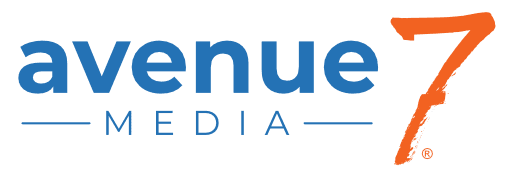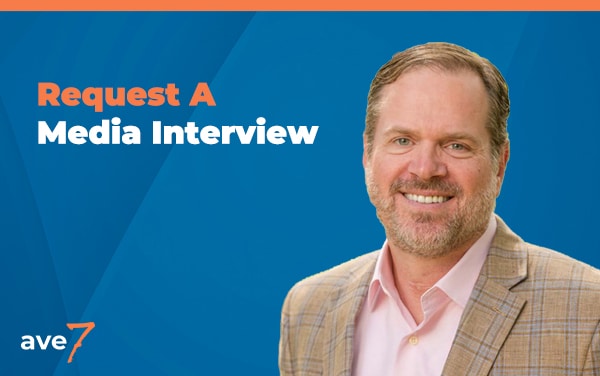Tips for Getting Your Product Made and Making It Yours
In Amazon Jungle, Rick Cesari and I reveal our strategic playbook for Amazon marketing success. After nearly twenty years of Amazon selling experience, I share my own battle-tested lessons learned that will help you take the guesswork out of selling on Amazon. Learning to navigate the platform and utilize the tools available to you may just catapult your product ahead of the competition! In Chapter 3 of Amazon Jungle, as well as in my last blog Research is Key, I shared my tested method for finding great products and measuring their sales potential on Amazon.
In this blog, as well as in Chapter 4 of Amazon Jungle, I take a closer look at how to fix that flawed product you identified and build a one-of-a-kind, untouchable brand. Let’s take a closer look at how to get your product made and make it yours.
Product Ratings Are Gold!
Great selling products with bad reviews offer the greatest opportunity to get ahead on Amazon. When you finally land an awesome product and start selling it, you will use customer feedback to improve your product further.
It is understandable to get fired up about a poor rating or review of your product. You have invested money and countless hours bringing your product into the world. Criticism hurts and is not easy to hear, but if you take one thing away from my blog and book it is this: Product ratings are gold!
Improve your product every time you reorder, until it is perfect. Simply listening to the feedback of consumers will increase your sales on Amazon and build a one-of-a-kind, untouchable brand.
Buying a Product at the Right Price Is Key!
“You don’t make your money when you sell your product, you make it when you buy your product”.
A friend of mine once gave me this priceless advice. After taking some time to process what he was telling me, the light bulb turned on. Buying a product at the right price was the most important part, especially if you know what people are willing to pay. You don’t make your money when you sell your product, you make it when you buy your product. If I sell my product for $2 because that is what people will pay, but it cost me $2 to buy it, then I didn’t make any money. However, if I bought it at $.50, and sold it for $2, then I made money. Never underestimate the power of negotiating with your suppliers, because you better believe that your competitors are.
Tips for Finding a Factory To Make Your Product:
- Find a factory that will work with you as a partner
- Avoid Alibaba – they rarely offer the opportunity to develop a relationship with the manufacturer and are filled with loads of agents who will increase your cost.
- American factories are more expensive but there will not be a language barrier. It is crucial to be able to communicate your vision for the product. They will also have a better understanding of the domestic market.
- If sourcing overseas, use software that aggregates U.S. customs export and import data from countries exporting into the U.S. like Panjiva. You want to find a factory that makes your product and is already exporting to the U.S.
Questions to ask if considering sourcing overseas:
- Does the factory have a good English speaker on staff?
- Do they promptly respond to emails or phone call communications?
- Can they fix the problems you have identified in the existing product?
- Are they familiar with the challenges of keeping U.S. customers happy?
Can Your Product Make You Money?
Once you have found some factories to potentially partner with, it is time to figure out if your snappy new product can make you some money! Submit your Product Specification Sheet with a request for pricing to several factories. This will give you an idea of what the market cost for getting your product made will be, as well as information about minimum order quantities and how long it will take to get it made.
With this new information regarding market cost and quantities, you can finally run the numbers. You need to determine if you can net 5% – 15% on your first order. If so, then you have yourself a winner!
Be sure to estimate costs for returns and shipping damage as well. Once everything has been factored in and you still have a profit, then you move forward with your product. As you sell more volume, your cost of goods will go down. Also, as your product climbs in the ranks or even becomes a best seller with great reviews, you will be able to raise your retail price and grow your profits even further.
Trending and Cool
Once you determine that your product can be profitable and you have a factory lined up to make it, it is time to get creative. This is the part of the process in which you make your product something that the consumer can’t live without!
I always create an inspiration folder on my computer and I fill it with popular images. I grab screenshots of things that are trending. For example, a cool pair of board shorts caught my attention at the mall. The shorts were orange with cool shades of blue. I loved how the design intertwined the two colors. I snapped a picture on my phone and asked my designer to make an air hockey table based on the design of the board shorts. It quickly became a #1 seller!
Without any artistic training, you can capture what you think is cool and hire designers to use your inspiration to create a cool product. This process has worked for me for years. It is a great way to put your own style out there!
Packaging Matters! They will Respect what you Inspect!
It doesn’t matter if you design the coolest, best product in the world, if you pack it in a shoddy box, you will get poor reviews. The process shipments go through is brutal. If your product arrives at its destination damaged, it does not matter how cool it was before it got there.
Catch any packaging problems before they leave the factory floor and before the factory receives their final payment. You must inspect the product before it leaves the factory. Once you sign off, use an inspection company like Qima.com to make sure your product is being produced correctly. I recommend creating a quality control checklist. Your first checklist may not be perfect, but it will improve over time as you receive reviews and customers teach you what to look for.
The factory will respect what you inspect. If you find defects in the sample size (2 – 3 %), don’t approve the order for shipment. Addressing issues upfront is crucial. Keep the factories honest. This helps build relationships that will pay off for you and the factory as you grow your business over time.
Fulfillment By Amazon
Utilizing this service provided by Amazon is a good idea because the benefits far outweigh your costs. There are more than 200 million subscribers to Amazon Prime. Many of them search exclusively for Prime products. Having a product tagged with the Prime Badge can give you as much as a 30% boost in sales and I’ve seen boosts as high as 70% or more.
With FBA, Amazon takes care of shipping, picking, and packing products. They will bill you for these services, as well as for storage, on a monthly basis. In my experience, when shipping from my own warehouse, the shipping costs alone were the same as the all-inclusive FBA shipping fees with Amazon.
What’s Next?
In Chapter 5, and the next blog, I will go over how to set up your Amazon Seller Account and get your Amazon Brand Registered. This is a crucial step! We will also look at creating a knock-out listing with pictures and videos to demonstrate why your product outshines the competition! Learn more and grab some free resources.











